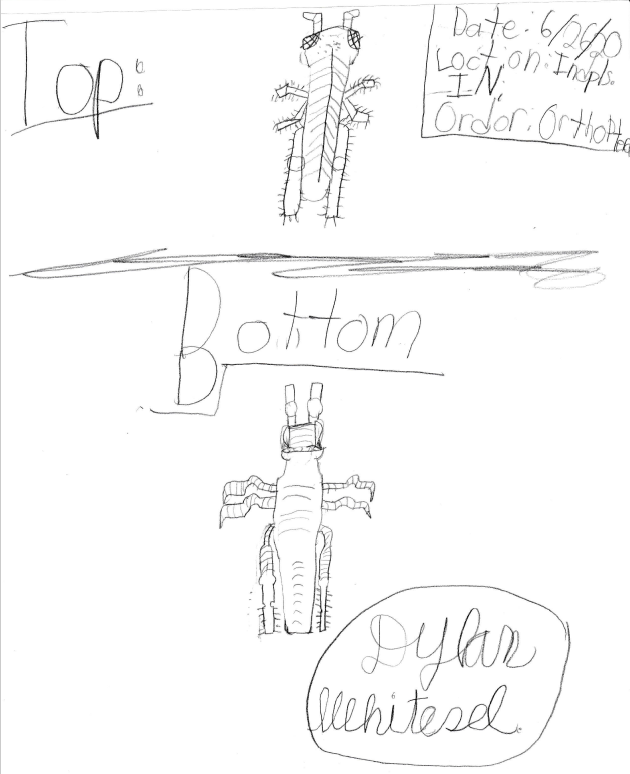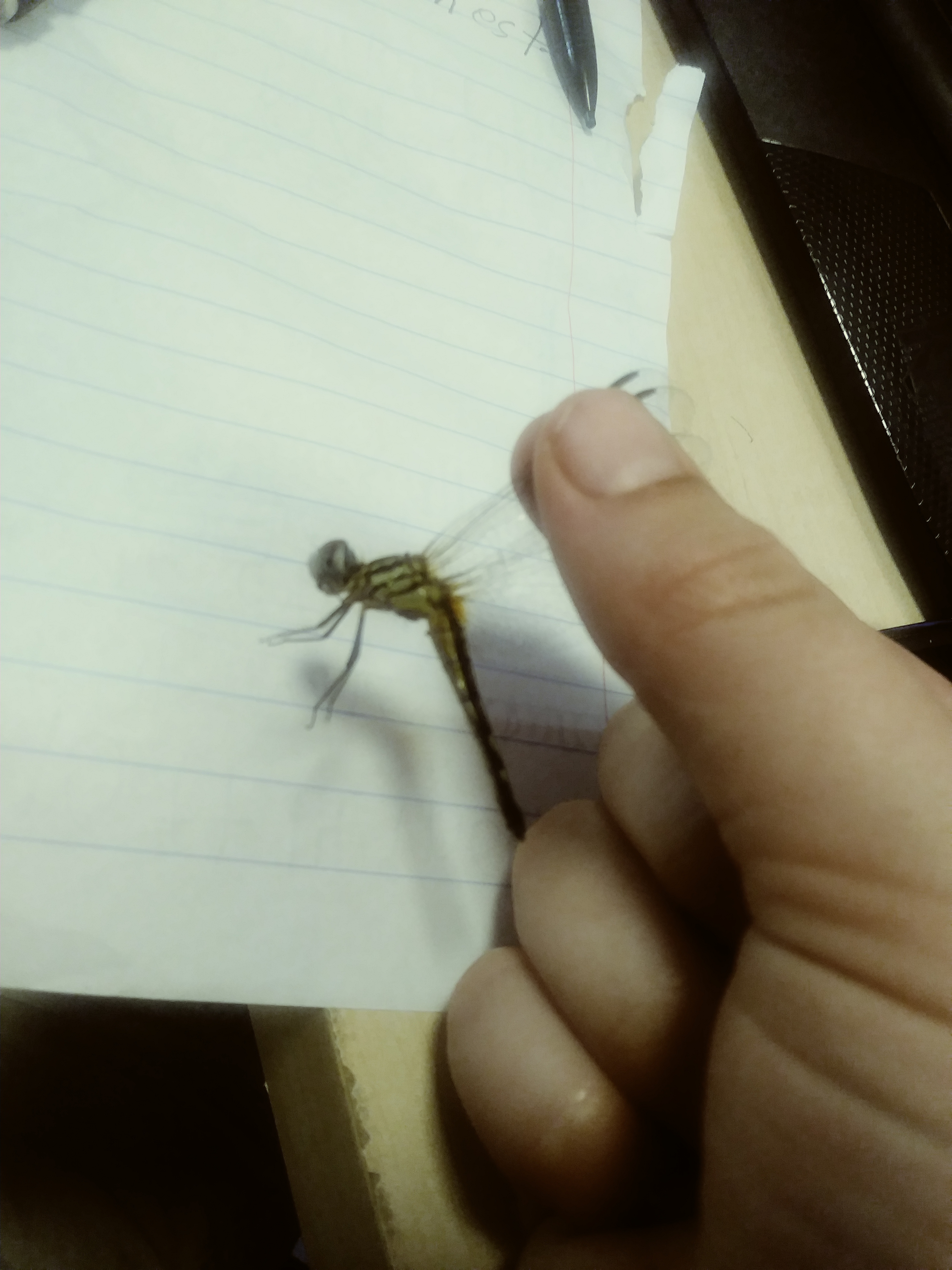Insect And Spider Study
Insects
Lesson #6: https://essaybank.home.blog/2019/10/28/beetles/
Lesson #11: https://essaybank.home.blog/2020/06/04/%f0%9f%a6%8bbutterflies%f0%9f%a6%8b/
Lesson #16 https://essaybank.home.blog/2020/06/11/science-lesson-16-ants/
Lesson #17 https://essaybank.home.blog/2020/06/11/science-lesson-17-bees/
Lesson #18 https://essaybank.home.blog/2020/06/12/science-lesson-18-termites/
Lesson #22 https://essaybank.home.blog/2020/06/18/may-mosquitoes-be-cursed/
Lesson #23 https://essaybank.home.blog/2020/06/19/dragon-flies/
Spiders
Lesson #26 https://essaybank.home.blog/2020/06/23/science-lesson-26-spiders-part-1/
Lesson #27 https://essaybank.home.blog/2020/06/24/science-lesson-27-spiders-part-2/
Lesson #28 https://essaybank.home.blog/2020/06/25/science-lesson-28-spiders-part-3/
Birds
Lesson #59https://essaybank.home.blog/2019/11/14/birds/
Lesson #36https://essaybank.home.blog/2019/11/15/robins/
Lesson #37https://essaybank.home.blog/2019/11/18/sparrows/
Lesson #38 https://essaybank.home.blog/2019/11/19/crows/
Lesson #40https://essaybank.home.blog/2019/11/20/my-birding-trip/
Lesson #41https://essaybank.home.blog/2019/11/21/peregrine-falcons/
Lesson #43https://essaybank.home.blog/2019/11/26/eagles/
Lesson #51 https://essaybank.home.blog/2019/12/06/ducks/
Lesson #52 https://essaybank.home.blog/2019/12/10/geese/
Lesson #53 https://essaybank.home.blog/2019/12/12/mute-swans/
Lesson #56 https://essaybank.home.blog/2019/12/13/penguins-%f0%9f%90%a7/
Lesson #59 https://essaybank.home.blog/2019/12/18/woodpeckers/
Lesson #57 https://essaybank.home.blog/2019/12/13/humming-birds/
Fish
Lesson #63 https://essaybank.home.blog/2019/12/23/info-on-fish-eating/
Lesson #67 https://essaybank.home.blog/2019/12/30/science-lesson-67/
Lesson #73https://essaybank.home.blog/2020/01/03/%f0%9f%a6%88-sharks%f0%9f%a6%88/
Reptiles And Amphibians
Lesson #116 https://essaybank.home.blog/2020/03/04/fire-tiger-salamanders/
Mammals
Lesson #135 https://essaybank.home.blog/2020/03/30/science-lesson-135-mammal-research-project/
Go! Go! Go!
Lesson #165 https://essaybank.home.blog/2020/05/04/science-lesson-165/
Lesson #175 https://essaybank.home.blog/2020/05/15/science-lesson-175/

